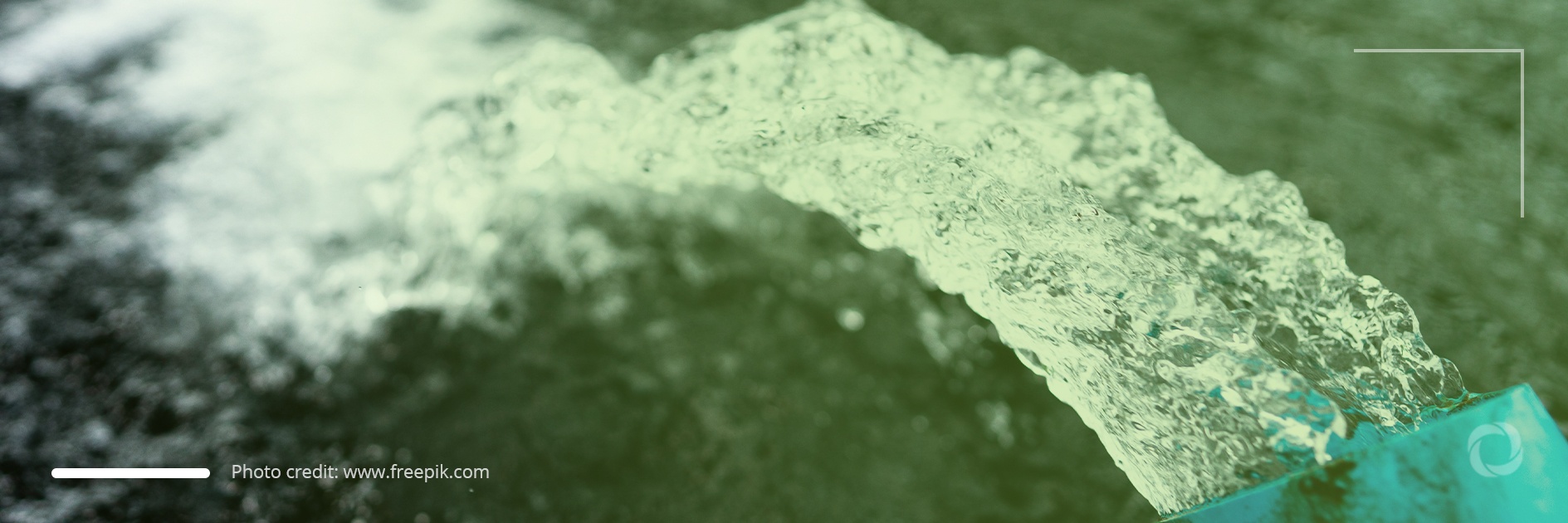Linear paths of water flows, the grey infrastructure for the capture of rainfall and runoff, and increasing water demand combined with the heatwaves caused by climate change put urban areas across the globe under great stress according to a World Economic Forum (WEF) briefing paper. The publication, released last month, is the first in the Water Series of papers, “Imagine If”, which aims to deliver fresh views on global water management.
The paper reveals some alarming figures about water consumption and its poor management in urban areas around the world.
These figures are due to the linear models of water flow, the authors of the report state whereby after the water has been captured, it is used and disposed of with or without treatment although the paper suggests that in both scenarios, the water ends up in the oceans. However, this model of water consumption is not sustainable in the long term as it fails to value water as a limited resource with a shortage of supply. If no changes are made, the authors predict that urban areas will become less suitable for habitation perhaps even by the second half of this century.
However, even today water crises are a common occurrence. For instance, in 2018 Cape Town in South Africa, a major global city, struck “Day Zero” when the taps were turned off due to drought, high demand, and insufficient and poorly managed supply. However, it is not only cities that face this problem – one in four urban areas with an overall US$4 trillion in economic activity face water shortages today.
The increasing use of concrete to expand urban areas and super-cities is also causing major problems that are the opposite of water shortage and that is flooding. Millions of tons of concrete increase the average temperature of cities which become ‘concrete islands’ attracting heatwaves and heavy rainfalls. In 2020, Jakarta experienced the highest precipitation since records began in 1866 when 19 people were killed and 62,000 had to be evacuated because of the natural disaster.
Locking the circle on water usage
Remodeling cities with green solutions in mind ought to become the critical focus of the authorities’ agendas according to experts interviewed by DevelopmentAid. Circular cities manage to reuse all materials including water and water itself must be fundamental in this transition framework as closing the circle on water consumption may protect cities from forthcoming climate-related disasters according to the WEF paper. In a city with a looped water system, there is no such thing as wastewater as the valuable resource is fully used. In addition, increased financing of new water management systems today may drive operational savings in the following years. For example, research has revealed that by installing efficient wastewater management technologies, the US, Europe, and China may achieve US$40 billion in savings and could reduce electricity-related emissions from the global wastewater sector by nearly 50%.
Robert C. Brears, the founder of Our Future Water, who is engaged in bridging communities, generating and disseminating knowledge, and advocating for water education, told DevelopmentAid that the transition to a circular water system needs to follow the 3Rs of reducing, reusing, and recycling to recover water, wastewater, and the related resources.
“We need to transition to a circular water system that reduces water usage in day-to-day life, in industry, agricultural and energy use through increased water conservation and water efficiency. We need to reuse water, where reuse is the use of water without treatment for non-potable uses, e.g., capturing rainwater to irrigate gardens. We also need to recycle our wastewater for use (after treatment) for domestic, agricultural, and industrial uses such as using recycled water in industrial plants. Finally, we need to recover valuable resources from wastewater including renewable energy and phosphorous.” he added.
“The transition has begun, but it is piecemeal, with some locations excelling in promoting water conservation, others have taken the lead in developing world-class wastewater recycling initiatives, and other locations failing to act on any of the circular principles of reduce, reuse, and recycle and recover. But we are getting there!” said Brears of Our Future Water.
He added that the path to circular water is not smooth.
“The problems lie in current regulations and lack of financing among others. Some locations have rigid legislation that bans the capturing of rainwater for non-potable uses in households, such as using laundry water to water the gardens. Other locations are concerned about the potential of recycled wastewater being used as a source of drinking water. Lack of financing is a major concern too, with most locations having aging infrastructure but limited public financing to upgrade the water system. City budgets are limited and COVID-19 has only stretched budgets further, leaving very limited funding to create innovative solutions to our water challenges,” he concluded.

